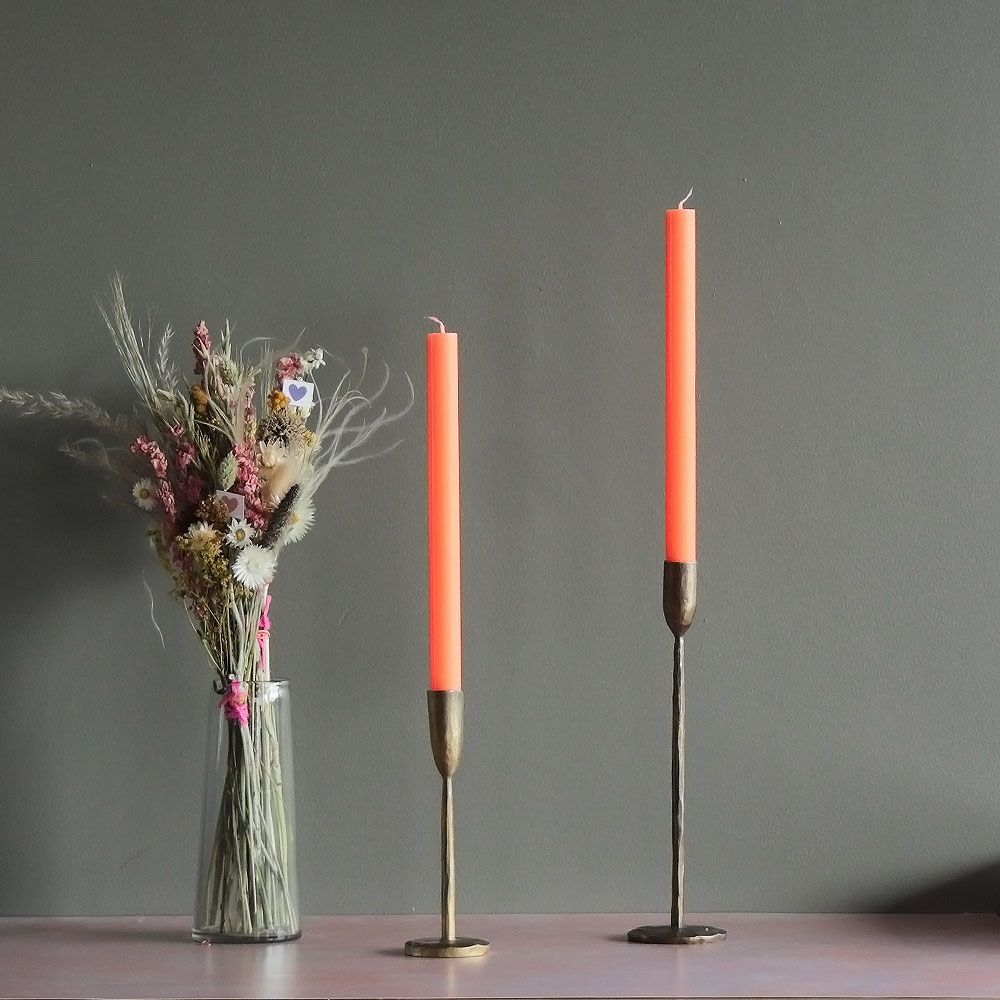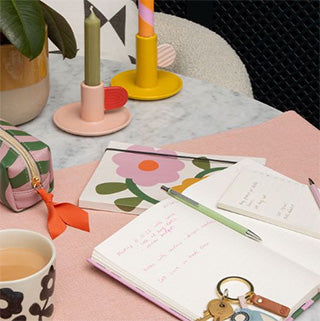MADE-TO-MEASURE CURTAIN GUIDE
Planning
Planning to enhance your home with custom curtains? Before measuring your windows, consider these key points:
- Will you use a pole or track for installation?
- Would you like your curtains lined, interlined, or blackout-lin**?
- What curtain length suits your space?
- What curtain heading do you prefer?
- Would you like to add a border or trim?
Read on for more details to guide your decisions, and feel free to contact us if you need assistance!
---
Choosing Between a Pole or Track
Pole:
- Curtain poles are a stylish and functional choice, available in metal or wood and a variety of colours.
- They can be minimalist or decorative, with options like finials, rings, and brackets to suit your design.
- Eyelet-headed curtains don’t require rings, but for other headings, use rings every 10cm for a fuller look.
Track:
- Ideal for heavier curtains, such as interlined wool, as they provide better weight support.
- Ensure your wall can bear the weight of the curtain and track.
- Wooden laths can be installed at window level (or ceiling-fixed, if needed) and should ideally be placed 10-20cm above the window.
---
Lining, Interlining, or Blackout?
For added luxury and functionality, we recommend:
- Interlining (260g) is our preferred choice: it provides warmth, insulation, and a premium drape.
- Blackout Lining: Ideal for bedrooms, especially for children, to block out light.
- Linings: Plain linings are available in white, ivory, almond and cream; or a decorative ticking stripe over five useful colourways.
---
Deciding on Curtain Length
- Full-Length Curtains: Touch the floor for an elegant look or "puddle" onto the floor for added drama.
- Sill-Length Curtains: Can either touch the sill or hang 10-15cm below it.
For tie-backs, you may opt for slightly longer curtains to plump over the holder. Note that puddled curtains require light arranging to maintain their appearance.
---
Understanding Stack Back
Stack back refers to the space curtains occupy when pulled open. To maximize natural light:
- Allow curtains to stack against the wall rather than the window.
- Add 30% to the width of the glass panel when determining pole length.
- Heavier and fuller curtains require more stack-back space.
For instance, a 160cm glass panel with interlined curtains may require a 210cm pole for optimal stack back.
---
Extending the Life of Your Curtains
Lining and Interlining:
Interlining adds durability by reducing transparency, improving insulation, and protecting your fabric from sunlight.
Leading Edge:
The leading edge (the center-facing edge of your curtains) can be accented as a feature and replaced if worn from sunlight exposure.
Care Tips:
- Use a pulley system to minimise hand contact.
- Open doors and windows to keep your curtains fresh.
- Pull them back fully from direct light when not in use.
- Swap curtains occasionally to reduce uneven fading.
---
Always Double Check Your Measurements
Accurate measurements are critical for a perfect fit. If you’re unsure, don’t hesitate to reach out to us for help.
📞 Contact Us: 07971 401036


